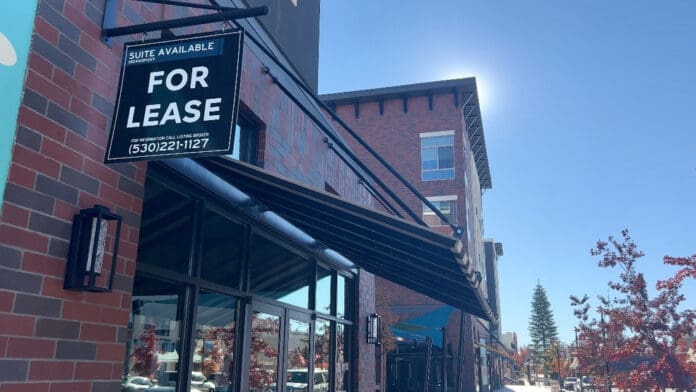REDDING, Calif. — As the city of Redding continues its economic growth, the growing pains that come with progress are evident in the form of empty retail spaces.
Currently, there is nearly half a million square feet of empty retail space in Redding — 450,000 sq. feet, according to broker associate Jess Whitlow — but that number is imperfect; there is no system for tracking empty spaces in the city, as there often is in larger cities.
But areas like Market Center downtown, where 15 spaces are listed as vacant, bring worry to some that new business may be deterred from coming to this community.
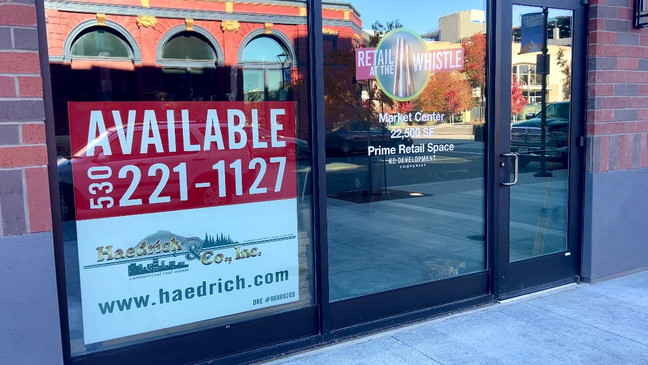
KRCR’s Sam Chimenti spoke with a local broker about this predicament, while asking the Redding Chamber how the city can ensure new business isn’t limited to those with deep pockets.
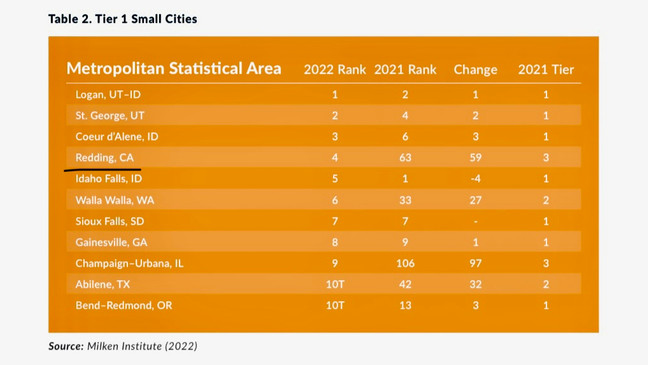
Sometimes we get dismissed as being too small, too rural, not wealthy enough,” explained Ken Miller, a broker for Northstate Commercial Partners. “But when they (interested developers) start to really study how the facilities, tenants that are here are actually performing, they start to perk up, and it’s mostly in the restaurant field.”
Miller says food destinations like In-N-Out Burger, which now has two locations in Redding, are proof that big chains can find value in small places.
“I think Redding is the smallest town in America that has two In-N-Outs,” theorized Miller, with a smile.

But ambitious expansion, especially downtown, has led to some hiccups.
“In the world of retail, the definition of a ‘pioneer’ is the cowboy dead in the desert with an arrow in his back; nobody wants to be that pioneer,” said Miller.
That’s a unique way of saying nobody wants to be the first in a new development, especially in an area where foot traffic fluctuates.
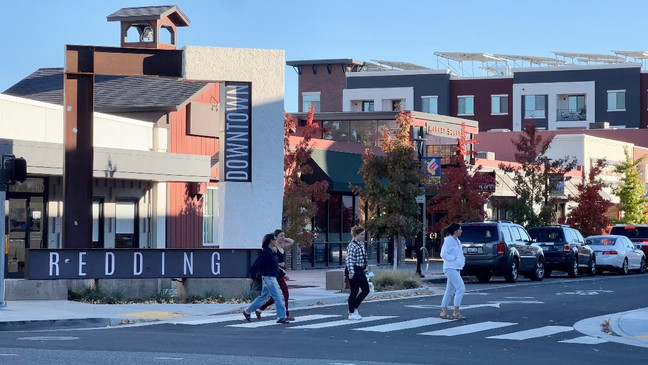
“The downtown daytime population is really vibrant and very wealthy,” continued Miller. “The lunchtime does quite well downtown. (But) all those people go home to the suburbs at night, and they don’t come back on weekends. So, the downtown goes dark.”
That’s until the downtown region fills out and more people start living in that area. “You’re not going to get retailers out there, especially at premium rents,” Miller proclaimed.
And then there’s Discovery Village on Dana Dr., where plenty of open retail buildings are available in a bustling part of Redding, but they remain unoccupied. Why?
This is one of the frustrations with retail,” Miller said. “They like to be close together. That traffic circle, which is 50 feet, maybe, might as well be 50 miles with the way that retailers think. Like, ‘I don’t want to be over there, by myself, everybody else is gonna be over there (indicating the west side of Discovery Village).’ All the customer traffic is on that side.”
Then, there is the debate among consumers: do they want developers to come in from out of town, with major chains, or are they hoping to keep things local?
We want it all,” Redding Chamber President/CEO Jake Mangas told KRCR. “We want the big businesses and we want the small businesses, because they all work together. So that’s the aim of the chamber, is whether you’re a large business like Costco, or one of those mom and mop shops that you see around town, we want them all to be successful.”

“We’ve seen it where the large footprint has been redefined into smaller footprints, so you’ve got more merchants taking up less space. And I think that’s a trend that will continue,” added Mangas.
Mangas doesn’t believe downtown Redding’s vacant retail spaces are a hindrance to new business. Instead, he believes it’s about “pivoting” strategies– such as creating an online marketplace– to stay with the changing economic times.
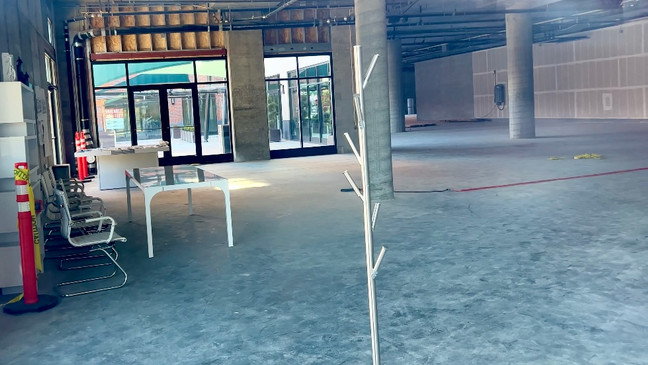
For Ken Miller, who has been in Redding since 1997, the industry has clearly changed in our city, for the better.
“It’s evolved and gotten a little bit bigger, and a little bit bigger. And analytics have gotten a little more sophisticated, and I think the parties that pay for this information (i.e. franchises like Chick fil-A or Chili’s) are starting to get it a little bit better; they’re starting to understand that there’s more to this town than just the fly over stuff,” Miller said.
The going rate for retail space in new construction areas will range from $2.50 per square foot to $5 per square foot, according to broker Chris Haedrich. With older buildings, rent per square foot starts at around $1.50.
Those rates are the standard nowadays, but it’s still a far cry from when retail rents were consistently at/below $1 per square foot, as it was less than a decade ago.


